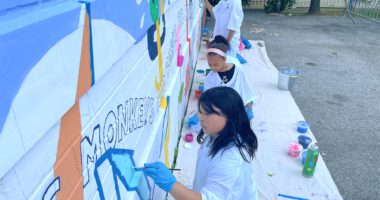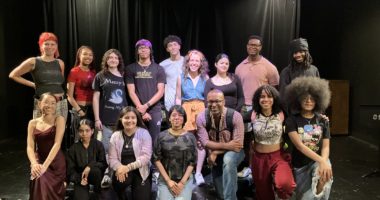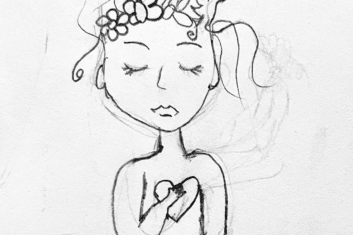ArtsEdTechNYC presented a moderated panel to tackle that very question on Thursday, March 19, 2015 at Apple Store SoHo. I took my seat with looming skepticism on this talk’s usefulness and left with an appreciation for the time, resources and ideologies shared. Rather than living in the technical and didactic, the panelists instead took into account the people their organizations serve and the stories they share.
Panelists:
Nelle Stokes, Executive Director at Magic Box Productions
Michael Wiggins, Director of Education at Urban Arts Partnership
Armando Somoza, Program Director at Urban Arts Partnership
Jessica Hamlin, Director of Education Initiatives at ART21
Major recurring themes that stood out were tackling the digital divide and using technology as a tool for learning and sharing one’s experience. Armando Somoza of Urban Arts Partnership referred to closing the divide as the ability to use and harness resources to frame your own experiences. A fascinating way that UAP is doing so is through Academy Digital Badges. By earning badges, students gain applicable skills and build an online portfolio of their artistic and technical accomplishments that can eventually serve them in professional and educational opportunities. This stemmed from a desire to incentivize learning pathways so that students could articulate what they learned. According to Mr. Somoza, UAP wanted to create an “ecosystem around using technology as a vehicle of engagement and transformation.”
Nelle Stokes mentioned that Magic Box Productions is working with a Bigshot Camera – a DIY camera kit to tackle the digital divide. They have about five themes they introduce to students who then capture images with their chosen theme in mind. I chose repetition. Professor Shree Nayar of Columbia University speaks in detail at his Tedx Talk about Bigshot and experiential learning.
ART21 provides students access to the minds of artists of today through short form film and visual art. They want to connect students to artists who look like them. The goal is to have young people be “interested and engaged in a world of ideas”, according to Ms. Hamlin. By doing so, they can debunk the canonization of art and artists who share very few parallels with the students and communities they serve. Ms. Hamlin also referenced embracing technology’s constraints along with its possibilities. Building a community takes commitment no matter the resources available. ART21 uses technology to build upon efforts to gather artists and educators. They host an online public forum and experimental platform for cross-sectional threads of dialogue in support of art and education.
For Michael Wiggins of UAP, his purview as an arts administrator and supervisor is wide. According to him, in order to change the landscape of using technology to enhance learning, we must first confront that landscape. His pen is now old technology, but at one point his writing utensil was considered new technology.
Today there are myriad ways to record one’s thoughts, yet pen on paper still has its place. Young people growing up in this digital age of Goolge and Wikipedia no longer have to excel at memorizing word definitions, despite how the adults in their lives feel about that. Books still fill shelves and turning a printed page requires more than a swipe.
It is important to understand that technology is a tool, not a final solution. It is a means to an end until the next piece of innovation enters the landscape to further advance our learning in a deep and thoughtful way. Digital media can essentially be a tool that explores bold new answers to lasting problems. In Mr. Wiggins’ words, “Technology is AND rather than OR.”



